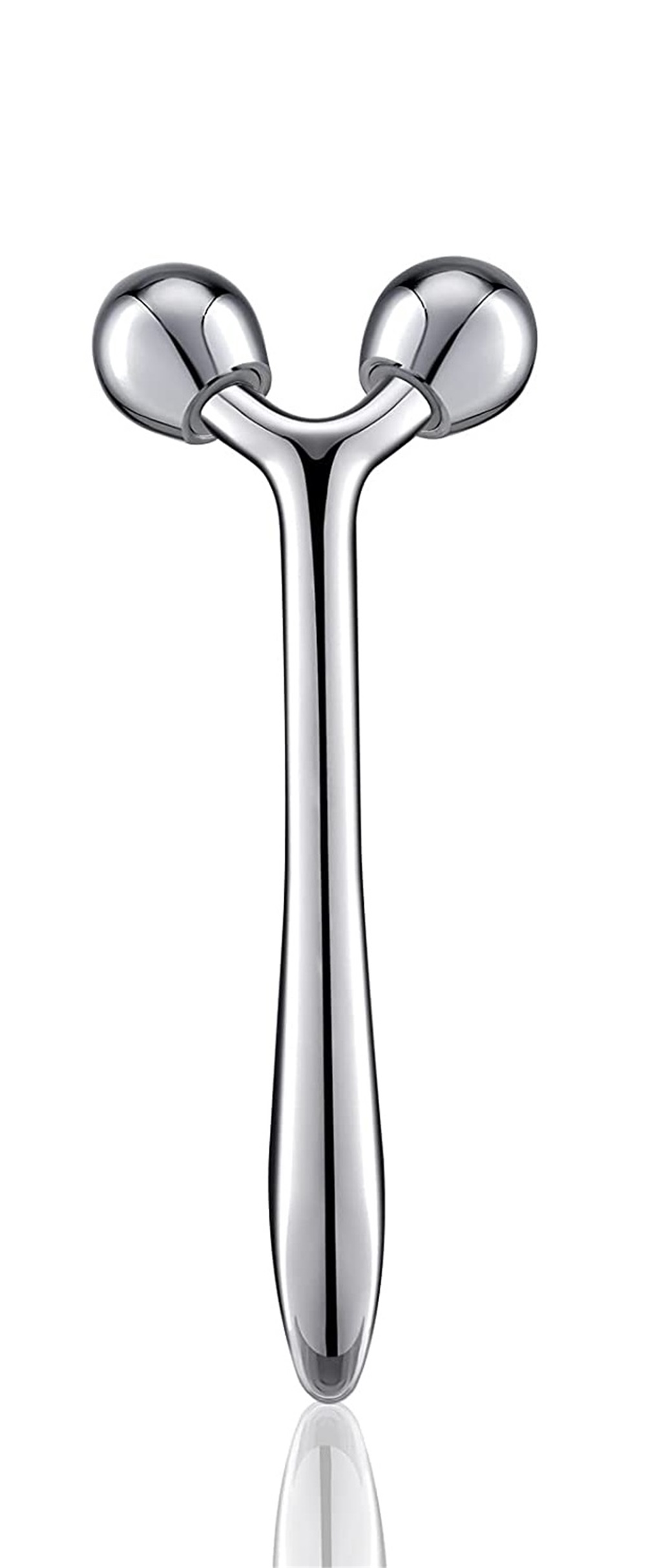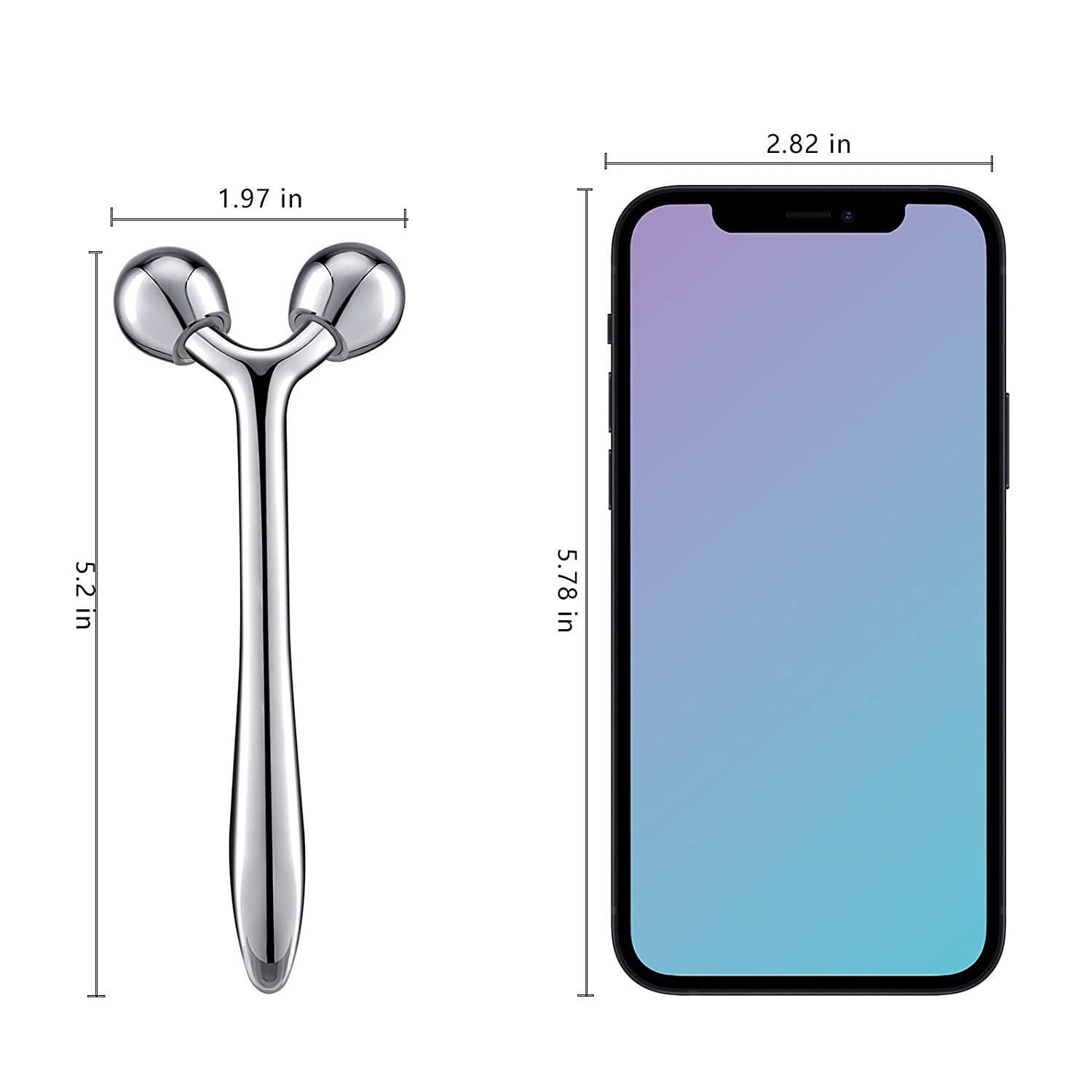Zinc alloy has a low melting point, good fluidity, easy to weld, braze and plastic process, corrosion resistance in the atmosphere, and easy recycling and remelting of residual waste; but it has low creep strength and is prone to dimensional changes caused by natural aging. Prepared by melting method, die-casting or pressure-processed into material.
According to the manufacturing process, it can be divided into cast zinc alloy and wrought zinc alloy. The main additive elements of zinc alloys are aluminum, copper and magnesium. Cast zinc alloy has good fluidity and corrosion resistance, and is suitable for die-casting instruments, auto parts shells, etc.
Physical properties
Zinc is a bluish-white, bright, diamagnetic metal. Although zinc generally used as a commodity has been processed, these characteristics are no longer distinctive. Its density is slightly lower than that of iron, and it has a hexagonal crystal structure.
Zinc is hard and brittle at room temperature, but it becomes tough at 100 to 150°C. When the temperature exceeds 210°C, zinc becomes brittle again and can be crushed by beating. The conductivity of zinc is in the middle. Among all metals, its melting point (420°C) and boiling point (900°C) are relatively low. Except for mercury and cadmium, its melting point is the lowest among all transition metals.
1) Low melting point, melting at 385℃, easy to die-casting.
2) Good casting performance, it can die-cast precision parts with complex shapes and thin walls, and the surface of the castings is smooth.
3) Corrosion resistant in the atmosphere.
4) The finished product has high dimensional stability and good accuracy (up to 0.03 mm).
5) Low production cost: Longer mold life.
Development History of Zinc Alloy
On the eve of World War II in 1930, in order to solve the problem of shortage of copper resources and high cost, Germany began to look for alternatives to tin bronze, lead brass and babbitt alloys, and initiated research on a new generation of sliding bearing alloys.
In 1935, after nearly five years of research in Germany, it was found that the mechanical properties and anti-friction properties of cast zinc-based alloys and cast aluminum-based alloys can exceed those of copper-based alloys and Babbitt alloys.
In 1938, Germany successfully used cast zinc alloys to replace tin bronze and aluminum bronze, and cast aluminum-based alloys to replace babbitt alloys for the manufacture of bearing bushes (sets), and they were equipped in military tanks and automobiles with good results.
During the "World War II" period from 1939 to 1943, the total annual use of cast zinc alloys and cast aluminum-based alloys in Germany soared from 7,800 tons to 49,000 tons. This change has attracted the attention and attention of the International Lead and Zinc Organization.
In 1959, the member units of the International Lead and Zinc Organization jointly launched a scientific research project named "LONG-S PLAN", whose purpose is to develop a higher performance and longer service life than copper-based alloys and babbitt alloys A new generation of anti-friction alloy. In this plan, the anti-friction alloy under development is called Long-s metal.
The advent of a new generation of Long-s metal anti-friction alloy has attracted great attention from users in the world. Many developed countries in the task industry have invested more manpower and material resources in Long-s metal research and development. There are dozens of companies in the United States alone. Develop Long-s metal aluminum-based and zinc-based anti-friction alloys.
Because Long-s metal has excellent anti-friction properties and good economy, it has been quickly promoted in the manufacturing industry and fully replaced traditional anti-friction alloys such as copper-based alloys and babbitt alloys, and has strong market competitiveness.
The development of domestic zinc alloy
Because both the new Long-s metal zinc alloy and the traditional babbitt alloy can be used to manufacture sliding bearings, and the manufacturing cost is much lower than that of babbitt alloy, Long-s metal is transliterated as "Long's alloy" in the domestic industry. Long-s metal is a new type of anti-friction alloy, and more people are used to calling it a new type of bearing alloy.
In 1982, the Shenyang Foundry Research Institute, the central unit of the national foundry technology, introduced the Long-s metal ZA27 zinc alloy in the American ASTM B791-1979 standard. After nearly two years of digestion and absorption, it developed a new domestic zinc-based ZA27 bearing alloy. The national standard code is ZA27-2, which marks the beginning of the development of new anti-friction alloys in my country.
In 1985, under the advocacy of Ms. Chen Shuzhi, then Deputy Governor of Liaoning Province and the strong support of relevant leaders of Shenyang Foundry Research Institute, the Shenyang Bearing Material Research Institute was established, which was composed of technical elites of Shenyang Foundry Research Institute, which specializes in introducing advanced foreign countries. Long-s metal technology to promote the development and promotion of domestic "Long’s alloy" technology.
In 1991, Shenyang Bearing Material Research Institute first researched and developed high-aluminum-zinc-based ZA303 alloy material on the basis of zinc-based ZA27-2 alloy, which solved the shortcomings of ZA27-2 low-temperature brittleness and other shortcomings, and passed the Shenyang Science and Technology The scientific and technological achievements of the committee have been appraised. Since then, "Long's alloy" technology has been widely diffused and technological exchanges in major domestic universities and scientific research units, which has promoted the rapid development of my country's "Long's alloy".
Zinc-based microcrystalline alloys can meet the special requirements of individual performance. It is an important sign different from traditional ordinary anti-friction alloys. It realizes customized production of anti-friction materials for the equipment manufacturing industry and meets the individual needs of equipment manufacturing. The high efficiency, high precision, high reliability, and low cost of equipment manufacturing provide a strong guarantee.
In 2010, the series of anti-friction products such as bearing bushes, bushings, worm wheels, skateboards, screw nuts made of zinc-based microcrystalline alloys have been successfully used in the forging equipment manufacturing industry, CNC machine tool manufacturing industry, reduction gear manufacturing industry, and heavy mines. It has been applied in the equipment manufacturing industry and construction machinery manufacturing industry.
Zinc-based microcrystalline alloy products have successfully replaced traditional anti-friction alloys and new anti-friction alloy products with their high reliability and stability, and have achieved good social benefits and huge economic benefits, marking that the development of my country’s zinc-based alloys has entered a "micro Crystal alloy" era!
Zinc alloy production process
The traditional die-casting process mainly consists of four steps. These four steps include mold preparation, filling, injection, and sand falling (commonly known as the water divider).
During the preparation process, a lubricant needs to be sprayed into the mold cavity. In addition to helping to control the temperature of the mold, the lubricant can also help demold the casting. Then you can close the mold and inject the molten metal into the mold with high pressure. The pressure range is about 10 to 175 MPa.
When the molten metal is filled, the pressure will be maintained until the casting solidifies. Then the push rod will push out all the castings. Since there may be multiple cavities in a mold, multiple castings may be produced during each casting process.
The process of doffing (commonly known as the water divider) requires the separation of residues, including mold openings, runners, gates, and flash. This process is usually done by extruding castings with special fixtures. If the gate is fragile, the casting can be directly beaten, which can save manpower. The excess mold opening can be reused after melting. The usual yield is about 67%.
High pressure injection causes the mold to be filled very quickly, so that the molten metal can fill the entire mold before any part of it solidifies. In this way, even thin-walled parts that are difficult to fill can avoid surface discontinuities.
However, this can also lead to air entrapment because it is difficult for air to escape when the mold is filled quickly. This problem can be reduced by placing the exhaust port on the parting line, but even a very precise process will leave a hole in the center of the casting. Most die-casting can be completed by secondary processing to complete some structures that cannot be completed by casting, such as drilling, buckling, and polishing.
Zinc alloy has heavy weight and high density, suitable for appearance parts. The raw material of our Portable Zinc Alloy Metal Handled Massage is Zinc alloy. The facial roller massage tool designed with 2 round massage heads, unique 3D "V" type design. Meanwhile, The metal precision machining parts such as connector, sensor etcs can be made of Zinc alloy.



